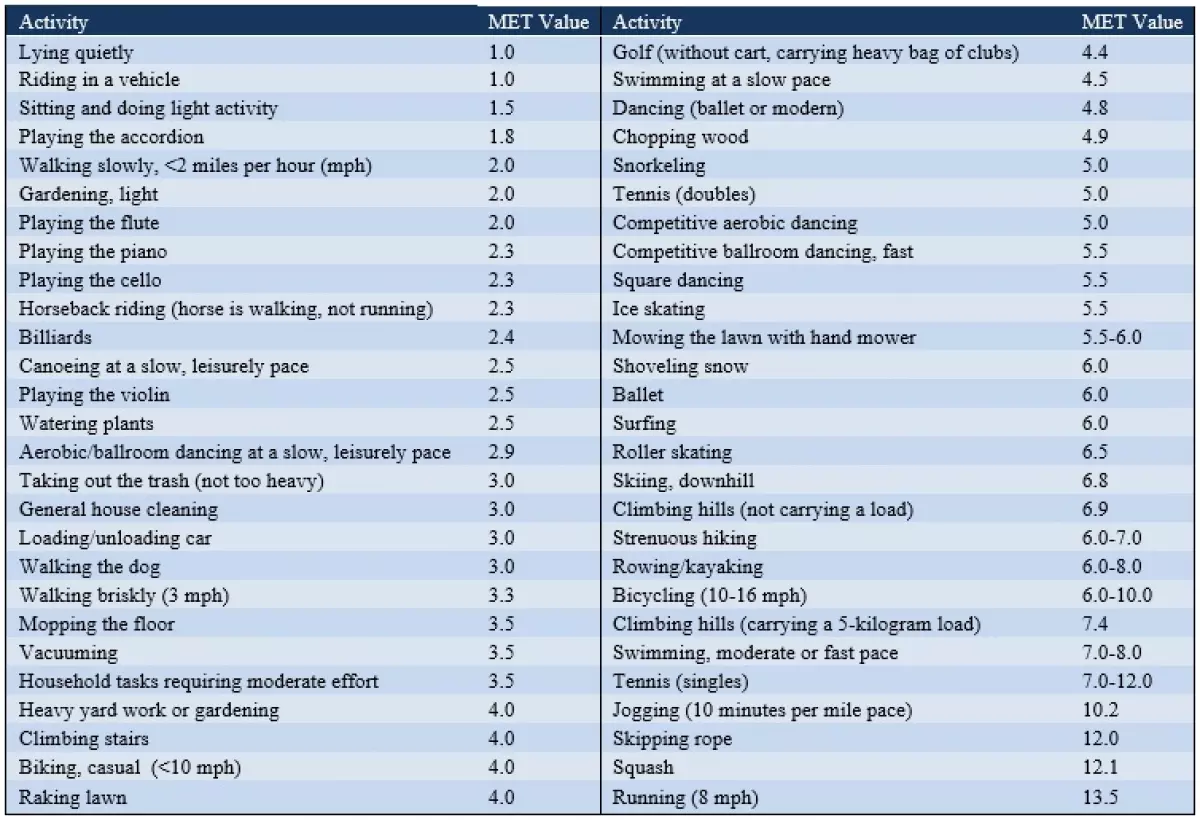Introduction
Physical activity plays a crucial role in maintaining a healthy lifestyle and has been proven to lower blood pressure. For individuals who have suffered an aortic dissection, regular physical activity is still possible, but it is important to work with your doctor to find safe ways to engage in physical activities. In this article, we will explore the types of activities that are recommended after an aortic dissection, as well as strategies for pain management and wound care.
Physical Activity and Exercise
Regular mild to moderate physical activity is generally safe to perform after receiving approval from your doctor. Some recommended activities include walking, swimming (after surgical incisions have healed), light jogging, biking (after one month post-dissection), dancing, sex, and stair climbing. It is crucial to avoid strenuous activities that can cause dangerous increases in blood pressure. While heavy weightlifting should generally be avoided, there is limited information about exercise in dissection patients. Consulting with your doctor is essential to determine the types and duration of activities that are safe for you. Additionally, discussing the possibility of joining a cardiac rehab program with your doctor can be beneficial.
Exercise should be enjoyable and tailored to fit your lifestyle. It's important to remember that everyone is different, and what works for one person may not work for another. Start slowly and gradually increase your activity level as tolerated, adhering to the guidelines provided above.
 Caption: Engaging in regular physical activity can have a positive impact on your overall health.
Caption: Engaging in regular physical activity can have a positive impact on your overall health.
Pain Management
If you experience unexplained pain, especially chest or back pain associated with an aortic dissection, it is crucial to take it seriously, as it could be an indicator of a more serious condition. Some patients with aortic dissection may require open surgery, which can result in soreness and muscle aches in the chest, back, shoulders, and legs. It is normal to experience pain when coughing or moving around after the surgery. Patients who undergo a stent graft insertion may also experience pain at the site of the procedure. If you have any concerns about pain, it is important to communicate with your doctor and seek prompt medical attention.
Side Effects of Pain Medication
Patients who undergo open surgery to repair their aorta may be prescribed pain medications. These medications, along with physical therapy exercises, can help alleviate discomfort. While in the hospital, your pain medication usage will be closely monitored by the nursing staff. It is crucial to communicate your pain levels and any new symptoms to your healthcare provider after discharge.
Common side effects of pain medications include constipation, drowsiness, and nausea. If you experience constipation, it is recommended to use a stool softener to alleviate discomfort. It is important to avoid straining during a bowel movement, as it can potentially elevate blood pressure.
Additional Strategies for Pain Control
In addition to prescribed medications, alternative approaches such as physical therapy and psychological and relaxation techniques may help manage persistent pain. It is important to discuss these strategies with your doctor to determine if they may be suitable for your specific case. If you experience any unusual pain or pain similar to what you felt during the dissection, it is essential to alert your healthcare provider promptly.
Surgical Wound Care
While in the hospital, showering may not be allowed if you have an open wound from surgery. However, once you return home, you can take showers, avoiding tub baths. It is recommended to stand with your back to the shower, allowing the water to hit your back, shoulders, and flow onto the surgical site. Soap and water can be used during the shower. Once your doctor allows it, you may also apply any type of cream or ointment to the scar for further care.
It is important to follow your doctor's instructions regarding wound care to promote proper healing and avoid any complications.
By adhering to the recommendations provided by your doctor, engaging in appropriate physical activities, and effectively managing pain, you can take significant steps towards recovering and maintaining a healthy lifestyle after an aortic dissection. Remember, each individual's journey is unique, so be sure to consult with your healthcare provider for personalized guidance and support.


















